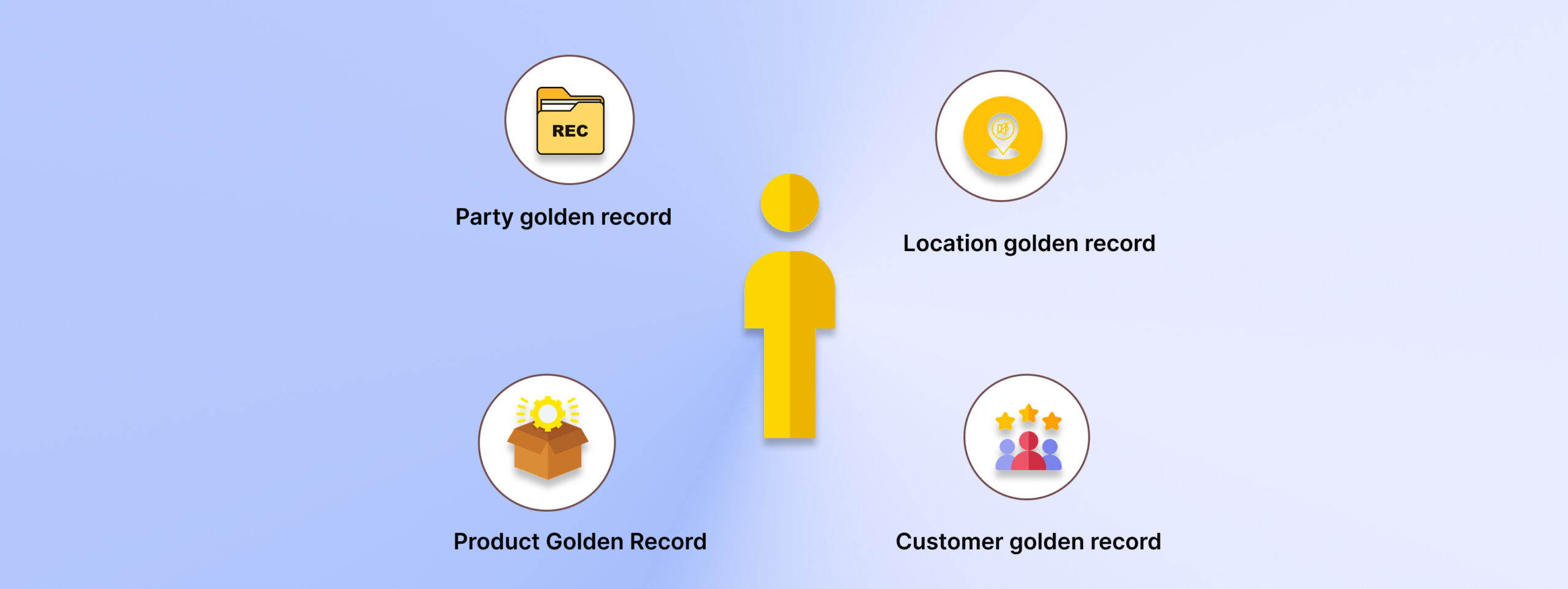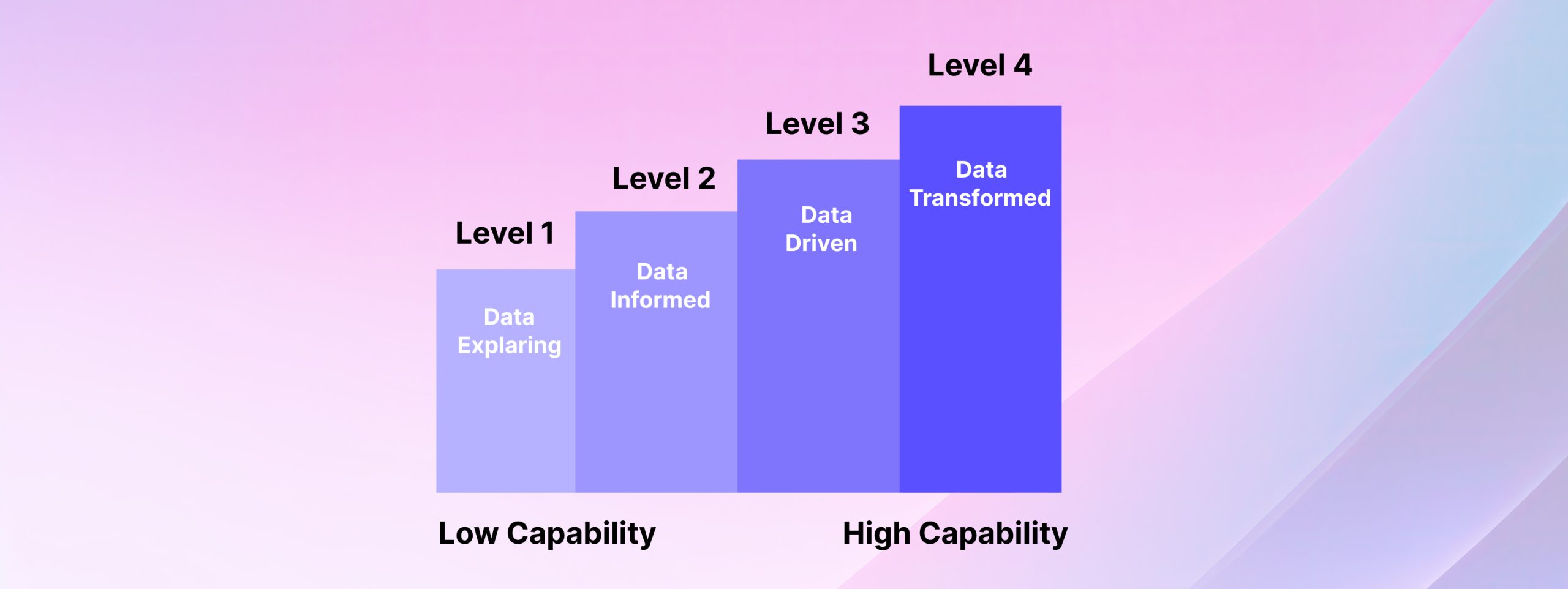Can you believe it? Your company’s valuable 9.3 hours get wasted per week specifically for data searching and gathering purposes (McKinsey Report).
Simply put, finding the right data is a time-consuming process and it can negatively affect your business profit if you haven’t taken any action so far.
Well, data indexing can help you to reduce this time to some extent. Many organizations apply this technique and have positively saved their productive time.
Let’s devote a few minutes to this blog to understand this process from a general perspective.
About Data Indexing
Data indexing is a proven technique that makes the data retrieval process easier. It’s like arranging data in a specific order to support query execution. Similar to book indexing, data indexing serves the same purpose. Index directs data users to what they are likely to get after pulling a dataset.
How Data Indexing Works?
Suppose you want to index a report.
Now, you have to break the entire report into different smaller parts based on its content. Give each part a unique identifiable number and quote information about that specific part. Hence, you’ll have an index summary that would reflect the data content of the main report in brief.
Therefore, you don’t need to open and re-open the report multiple times to find the data that you want. Just like this report example, data indexing saves time for the data users working with multiple giant-sized databases.
Indexing data in the right order itself is a critical task and it needs following up with the right techniques. Many companies face challenges while indexing data. If you are among them, you can easily outsource data indexing services to outline the index as per your organizational needs.
Topmost Benefits of Having Data Indexed
Creating a roadmap to reach the actual data it’s all that data indexing can do. Mainly, it helps save time on data retrieval as you can easily find the data you need without doing random searches. The primary benefits of having indexed data aligned in an organized database are;
In essence, data indexing enables speedy data retrieval which is essential for e-commerce functioning. They need rapid customer data access to manage their operations. Not only e-commerce platforms, the demand for quick data retrieval is critical for other sectors too. So, it’s needed everywhere to enhance operations and minimize processing time.
Categories of Indexes: Choose What Fits You the Best

Primary Indexes: The role of a primary key index is to maintain the uniqueness of records within a set of data or data tables. This index prevents duplicate entries and maintains data integrity to its fullest strength. To understand this index, take the example of an online store where each product has a unique code or identifier. Using primary tags, no further code would be generated bearing the same identifier.
Unique Indexes: Slightly similar to the primary index, a unique index represents the uniqueness of the value specified under a specific column. But unlike the primary index, it allows NULL values. For example, when creating unique indexes for the email addresses column for a specified database, this index ensures each field has unique email addresses.
Non-Unique Indexes: This index is the most general type of data index that is also referred to as a secondary index. To apply this index, you don’t need to have a unique database. Similar to the library index, for example, many books can fall under one genre. Creating separate indexes for each book is not required there.
Clustered vs. Non-Clustered Indexes: Clustered indexes are more sorted and represent values, which are not repeated. It is more like a dictionary that represents each word unique and each word has a value. On the other hand, non-clustered indexes are more like indexes that you see in the opening section of books. If you want to read any chapter you can directly go there as the page numbers are mentioned there.
Challenges Involved in Data Indexing
Data indexing includes a lot of benefits but it has some slight challenges also. Indexing after database updation can cause space issues. With the lack of enough space for further modifications, it can slow down different processes like insert, update, delete, and other functions. However, these challenges can be tackled easily with the help of proper data indexing strategies.
Conclusion
Indexing data can sharply reduce data retrieval time and enhance data productivity to the next level. Besides that, it helps organizations manage huge data loads of simultaneous databases. However, following up on all data measures and techniques is important while indexing data. Because it will ensure efficiency and add all potential benefits. Many companies are indexing their data via outsourcing solution providers to ensure proper quality.
Feel free to contact us too, if you need immediate data indexing for better data management.











